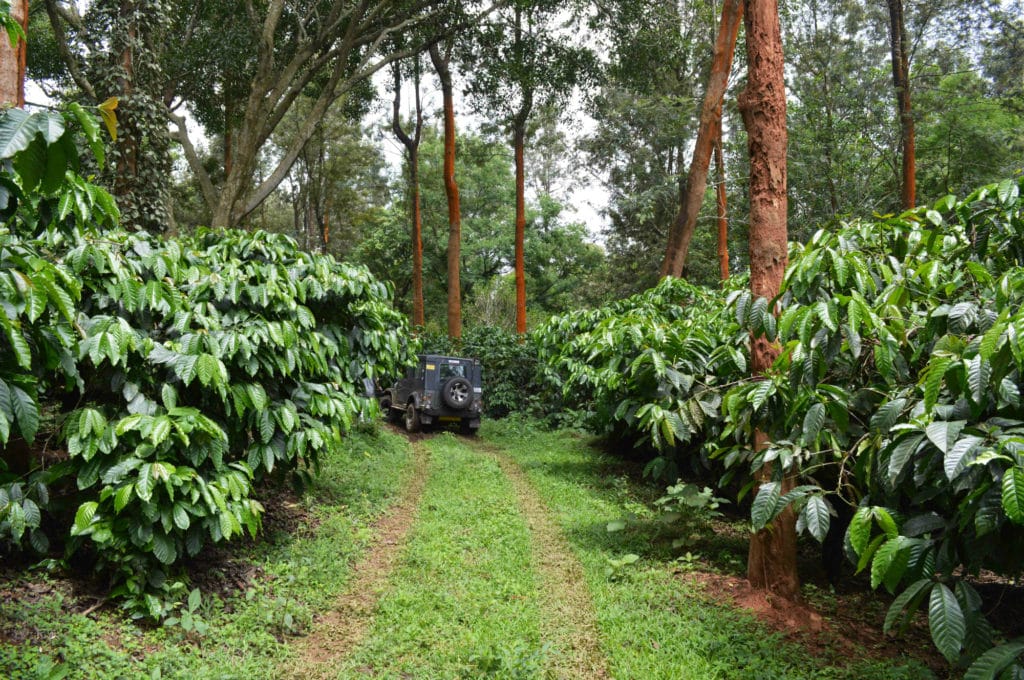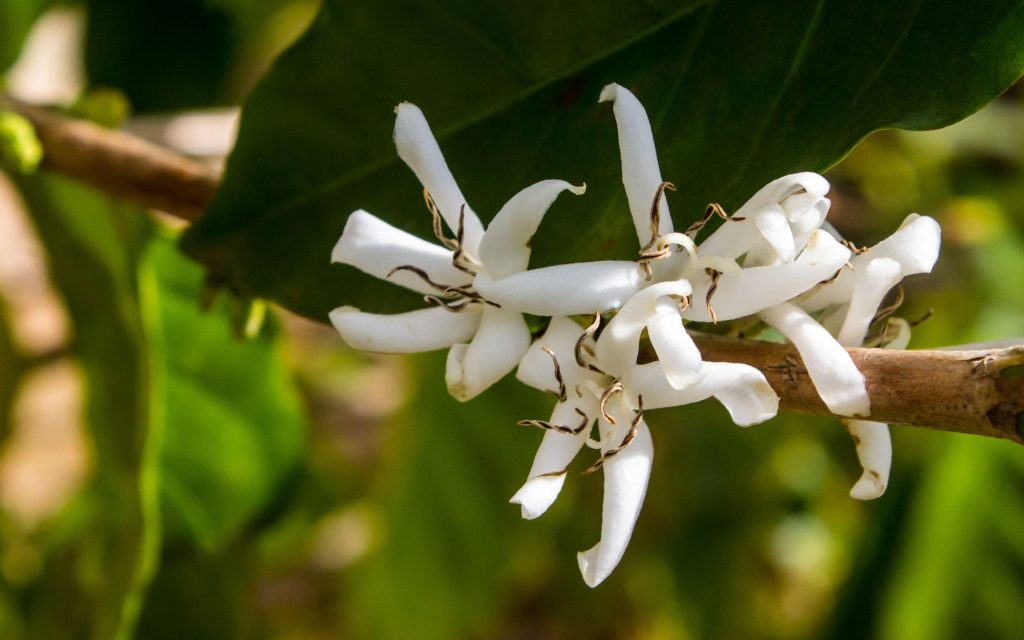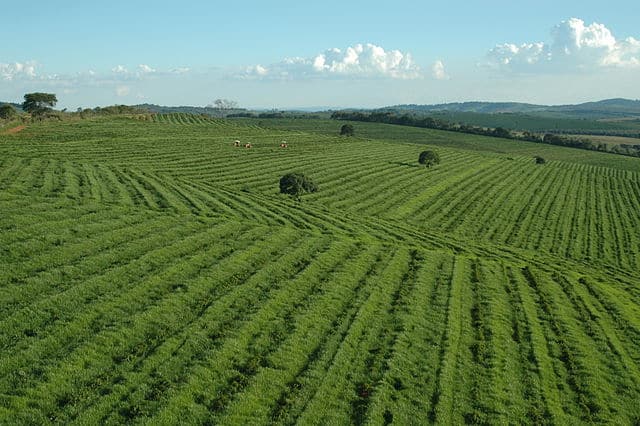If you want to grow coffee plants indoors, there are many things that you must consider. First, you need to make sure that the soil is suitable for growing these types of plants. Second, you need to ensure that the plants get adequate light. Third, you should know about pests and diseases. Fourth, you need to understand how to take care of your coffee plants.
Coffea arabica
Coffea arabica, a plant which grows naturally in tropical mountains, can also be grown indoors. A coffee plant requires light, humidity, and cool temperature to thrive.
This species is easy to grow. If you plan on growing it, you should consider a container with several holes at the bottom, which improves drainage. A humus-rich, acidic soil with a pH of 5.0 to 6.0 is ideal. You can also use sphagnum peat moss to mix with your standard potting soil.
Depending on the type, coffee plants can grow up to 8 meters tall. The dwarf variety is also available. It produces smaller berries, which turn green into red once they are ripe.
Coffee plants require regular watering. The first inch of soil should be dry before you start to water. In warmer climates, you may wish to spray the plant regularly to help maintain humidity.
This species can be difficult to find, but it can be ordered online. Many nurseries sell coffee plants. It is important to make sure you purchase from a reputable source.
If you decide to grow the plant indoors, you should avoid direct sunlight. This can burn the leaves and cause browning. If the leaves are brown, cut them away from the plant. This can be done anytime.
If you do not want to deal with the maintenance of your own plant, you can buy an older, mature coffee tree. These are hardy in USDA Zones 10-12.
During winter, your plant should be kept in a room with temperatures that are slightly cooler. This is because the Xyella bacterium can kill the plant. If you notice signs of attack, clean it off with alcohol or cotton swabs.
If you live in a cold climate, you can also plant seeds in the spring. Ideally, you can plant the seeds in the spring or early summer, as this is when the plant’s best productive period is.
Aside from a great way to enjoy a cup of joe, growing your own coffee is a fun project. There are several varieties to choose from, including the popular Arabica. You can also find dwarf varieties, which require less pruning.
Coffea eugenioides
Coffee eugenioides is a coffee species originating in East Africa. It is a diploid plant which can grow up to five meters in height. It is native to the Democratic Republic of Congo and Western Tanzania. It is often found growing near forest edges. It produces small beans and has very low caffeine content.
Coffea eugenioides is one of the ancestors of the popular Arabica coffee. It was originally cultivated in Rwanda, Tanzania, Kenya, and Uganda, but later evolved in the Democratic Republic of Congo and Western Tanzania. Despite its origins, it is not widely cultivated. In fact, there are only two wild sites of this species left in Kenya, making its resurgence in the coffee industry all the more important.
Coffea eugenioides can be found at altitudes between 1500 and 2200 m above sea level. It thrives in the humid understory vegetation of a variety of forests. Interestingly, this species is tolerant to wide-ranging soil types, but can suffer from temporary drought conditions.
The fruiting body of this species is green and transitions to a deeper red as it matures. The smaller flowers of this coffee species are bisexual and are rarely more than two in a cluster. The seeds are also small and are dispersed by animals.
Its unique flavour characteristics include sweetness, low acidity, and a smooth mouthfeel. This species is considered a dry processed coffee, and it is currently produced on a few coffee farms. Nevertheless, the industry is still in the early stages of introducing this species to a large market. Its unique features have yet to be consistently reproduced.
It is unclear whether Coffea eugenioides will become a valuable breeding species. However, its success in a variety of countries has made it a topic of discussion in the coffee industry. It has even been used in several winning blends at the World Barista Championships.
This coffee is still an experimental species, and it will need to be cultivated and monitored carefully in order to establish it as a viable, reproducible species. Its potential is great, but the industry has a long way to go to make this a commercially viable coffee.
Proper soils
Coffee plants are a great addition to any home. Not only do they provide a decorative touch, they also add a unique texture to the room. However, they require care in order to thrive.
A good start is to give your coffee plant a well-drained, neutral soil. You can use a 50-50 mix of peat moss and perlite.
You can also add some sphagnum peat moss to your potting soil. Sphagnum will help prevent the soil from becoming too salty. The pH of the potting soil should be between 5.5 and 6.5.
Your coffee plant should be repotted regularly. Newly repotted plants need to be watered at least twice a week. You can do this by placing a saucer of water in the container and let it sit for at least 30 minutes.
You should also check the health of your plant from time to time. Coffee plants can be prone to pests. It is a good idea to monitor for insects, such as mealybugs, which leave tiny, white cottony lint on the leaves. If you see any sign of a problem, you can use insecticides to get rid of them.
You can also help your coffee plants by giving them a nutrient boost. During the spring and fall, your plants will benefit from a general purpose houseplant fertilizer. For an extra boost, you can try mixing in some chelated iron.
Ideally, you should repot your coffee plants every two years. This is because repotting helps to maintain their moisture levels. You can also prune them from time to time.
You should never overfeed your coffee plant. This is because overfeeding can lead to root rot and kill the plant. The best way to avoid this is to keep the watering schedule consistent.
Coffee plants should be kept in a sunny, warm place, away from cold drafts. You can keep them from getting too dry by using a mulch. In the summer, you may need to water more frequently. This is because your coffee plants need the moisture to keep their leaves from turning brown.
Pests
If you grow your own coffee plants indoors, you may have to deal with pests like mealybugs and aphids. These are the two most common insects that can infest your plant. Luckily, there are a few things you can do to keep them at bay.
The first thing to do is to make sure your plant has a warm, indirect light source. Try to avoid a direct view of your window or radiator, and consider a shadier location. If you don’t have a sunny location, you can buy a humidifier to increase the humidity around your coffee plant.
Coffee plants require plenty of water. In fact, you should never let them dry out completely. If your plants aren’t getting enough water, they may suffer from stunted growth. Keeping the soil evenly moist is also important. You should water every other week during the spring and summer, and once every two weeks during the fall.
You may also want to consider using a fungicide to fight coffee leaf rust, which causes rusty spots on the leaves. It is spread by spores in the wind and rain. You can use a copper fungicide to control the problem.
Another pest you should be on the lookout for is nematodes. These parasites attack the roots of the plant and cause yellowing and reduced fruit production. If you spot any signs of nematodes, it is best to remove the soil and apply beneficial nematodes. If a large outbreak occurs, it will be necessary to spray with a fungicide.
You can also protect your coffee plant from spider mites. These are tiny white ovular bugs that produce cottony residue on the plant’s leaves. If you see an infestation, you can treat your coffee plant with rubbing alcohol or neem oil.
Coffee berry borers are small black beetles that feed on the insides of the berries. These beetles can be quite difficult to get rid of. You can prevent them by clearing the ground of old roots. Alternatively, you can use ants to help kill off the bugs.





